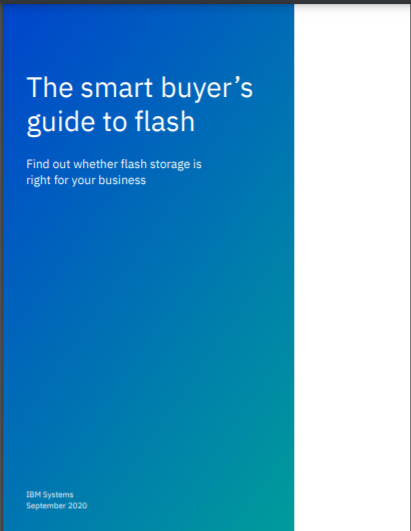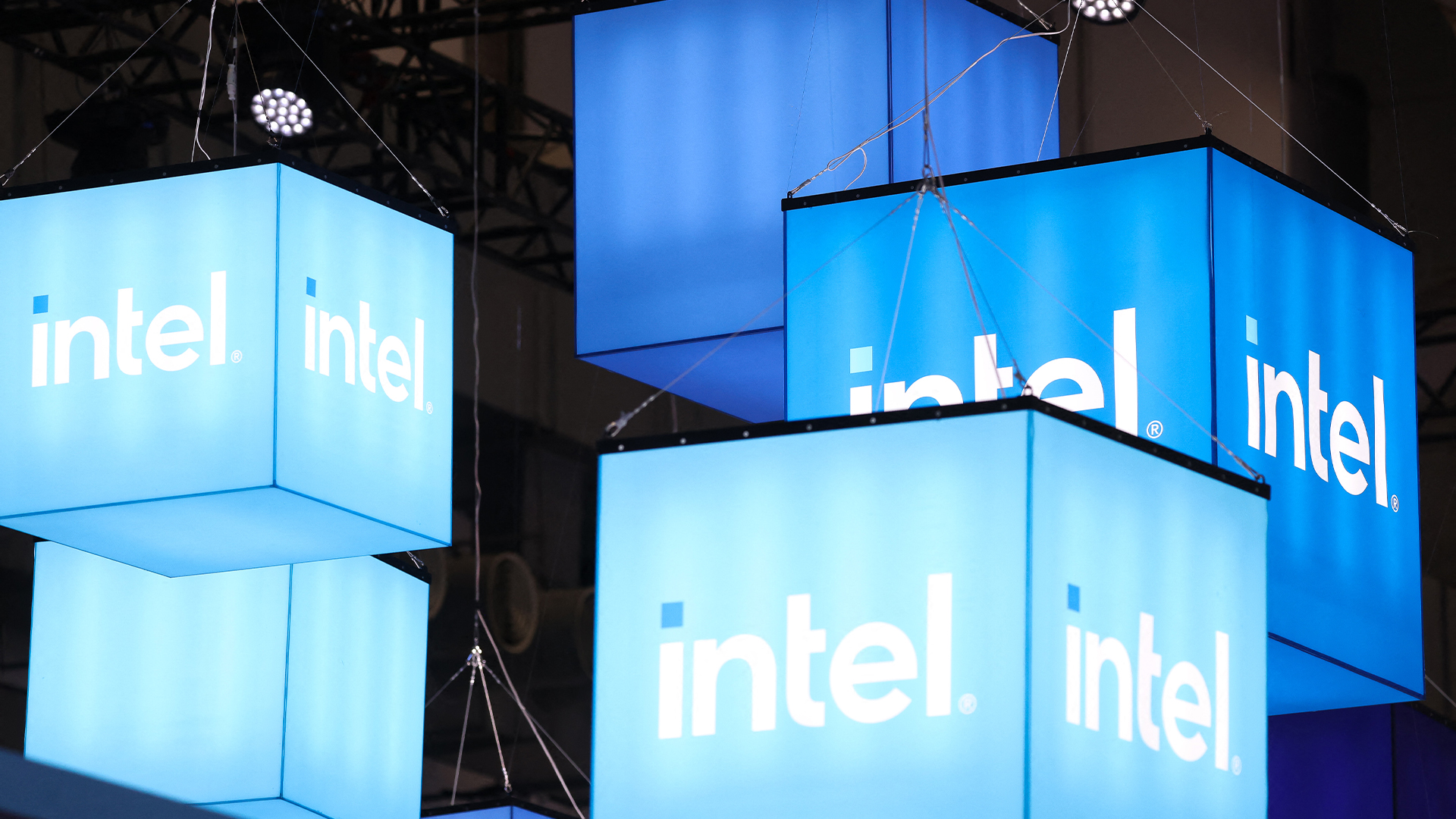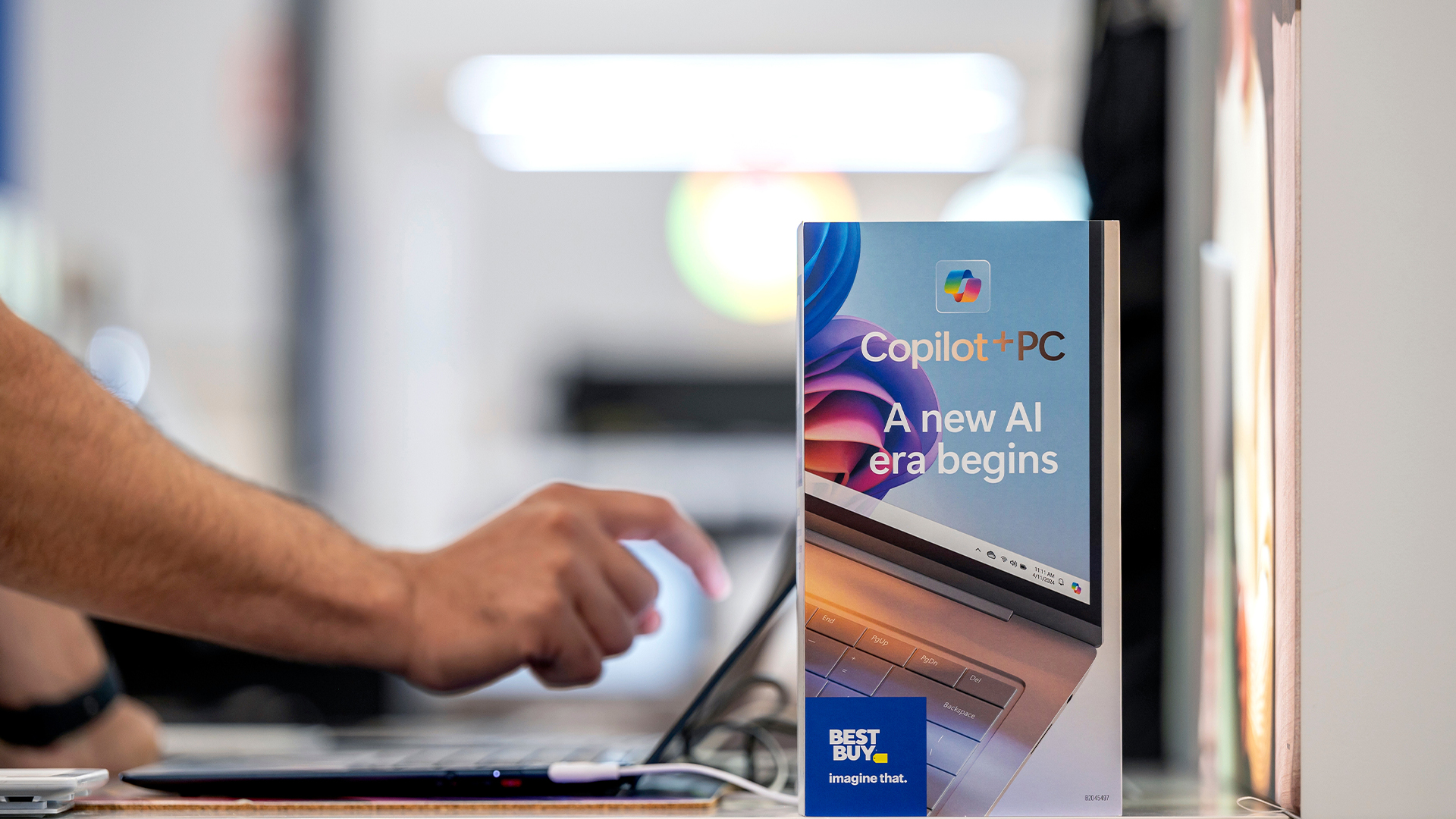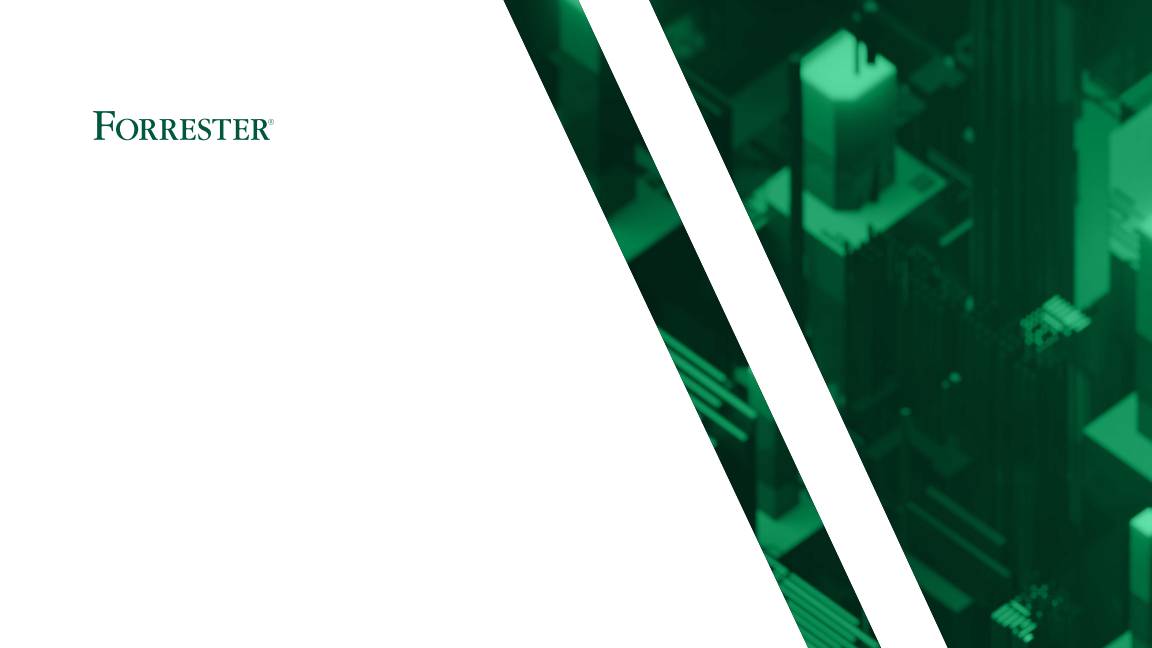IBM unveils breakthrough 2nm chip technology
The 2nm architecture promises much longer battery life for devices as well as drastic performance boosts


IBM has revealed the design for the world’s first 2nm chip in a breakthrough the firm claims will vastly improve energy efficiency and performance of various kinds of devices.
This innovation is projected to achieve 45% higher performance or 75% lower energy use than today’s most advanced 7nm variations, IBM says. Benefits will be felt across a variety of appliances, from consumer and enterprise tech to critical infrastructure systems.
IBM claims the 2nm chips can quadruple the battery life of smartphones, slash the carbon footprints of data centres, and drastically speed up a laptop’s functions. They can also contribute to faster object detection in autonomous vehicles.
“The IBM innovation reflected in this new 2 nm chip is essential to the entire semiconductor and IT industry,” said Darío Gil, SVP and director of IBM Research.

“It is the product of IBM’s approach of taking on hard tech challenges and a demonstration of how breakthroughs can result from sustained investments and a collaborative R&D ecosystem approach.”
Although IBM bowed out of the semiconductor market in 2014, its research and development division has been exploring chip innovation ever since. IBM Research maintains a good track record in the space, having previously been the first to implement the 7nm and 5nm process technologies, among other computing innovations.
RELATED RESOURCE

The smart buyer’s guide to flash
Find out whether flash storage is right for your business
The 2nm design demonstrates the advanced scaling of semiconductors using IBM’s nanosheet technology, the company says, which was a new type of transistor developed after its 5nm chip breakthrough in 2017.
Get the ITPro daily newsletter
Sign up today and you will receive a free copy of our Future Focus 2025 report - the leading guidance on AI, cybersecurity and other IT challenges as per 700+ senior executives
This architecture will allow the 2nm chip to fit up to 50 billion transistors on a chip the size of a fingernail. More transistors will give designers more options to infuse core-level innovations to improve the capacity for workloads such as artificial intelligence (AI) or cloud computing.
The news is timed roughly six weeks after IBM announced a collaboration with Intel on advanced semiconductor research and development. The two tech giants will collaborate to advance next-generation logic and packaging technologies, with these efforts boosting semiconductor manufacturing.
It's unclear at this stage whether Intel's efforts fed into the development of the 2nm chip design, or whether the partnership means Intel will be among the first to reap the benefits in terms of semiconductor manufacturing.

Keumars Afifi-Sabet is a writer and editor that specialises in public sector, cyber security, and cloud computing. He first joined ITPro as a staff writer in April 2018 and eventually became its Features Editor. Although a regular contributor to other tech sites in the past, these days you will find Keumars on LiveScience, where he runs its Technology section.
-
 Bigger salaries, more burnout: Is the CISO role in crisis?
Bigger salaries, more burnout: Is the CISO role in crisis?In-depth CISOs are more stressed than ever before – but why is this and what can be done?
By Kate O'Flaherty Published
-
 Cheap cyber crime kits can be bought on the dark web for less than $25
Cheap cyber crime kits can be bought on the dark web for less than $25News Research from NordVPN shows phishing kits are now widely available on the dark web and via messaging apps like Telegram, and are often selling for less than $25.
By Emma Woollacott Published
-
 The gloves are off at Intel as new CEO plots major strategy shift
The gloves are off at Intel as new CEO plots major strategy shiftNews Intel’s incoming CEO has some big plans for the firm’s business strategy, sources familiar with the matter have told Reuters, with more job cuts looming on the horizon.
By George Fitzmaurice Published
-
 Intel just won a 15-year legal battle against EU
Intel just won a 15-year legal battle against EUNews Ruled to have engaged in anti-competitive practices back in 2009, Intel has finally succeeded in overturning a record fine
By Emma Woollacott Published
-
 AMD and Intel’s new x86 advisory group looks to tackle Arm, but will it succeed?
AMD and Intel’s new x86 advisory group looks to tackle Arm, but will it succeed?News The pair will look to make x86 CPU architecture more interoperable
By George Fitzmaurice Published
-
 Why the world is about to be swamped with AI PCs
Why the world is about to be swamped with AI PCsNews With adoption rates set to surge, AI PCs will become far more mainstream in years to come
By Nicole Kobie Published
-
 Intel needs to “get its story right” to turn things around and capitalize on the AI boom
Intel needs to “get its story right” to turn things around and capitalize on the AI boomAnalysis Intel has entered a period of uncertainty after announcing restructuring plans and a huge round of layoffs
By George Fitzmaurice Published
-
 How monitors deepen your employee experience and support your distributed workforce
How monitors deepen your employee experience and support your distributed workforcewhitepaper Drive business outcomes by empowering, enabling, and inspiring employees with the right monitors wherever they work from
By ITPro Published
-
 Forrester: Power up your hybrid workplace with monitors
Forrester: Power up your hybrid workplace with monitorswhitepaper Evolve remote work policies into work-and-learn-from-anywhere strategies
By ITPro Published
-
 Driving employee experience and productivity across industries
Driving employee experience and productivity across industrieswhitepaper Monitors are an imperative in the hybrid era
By ITPro Published